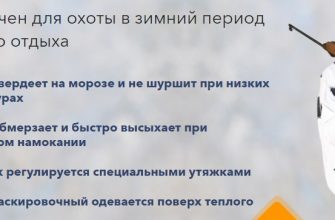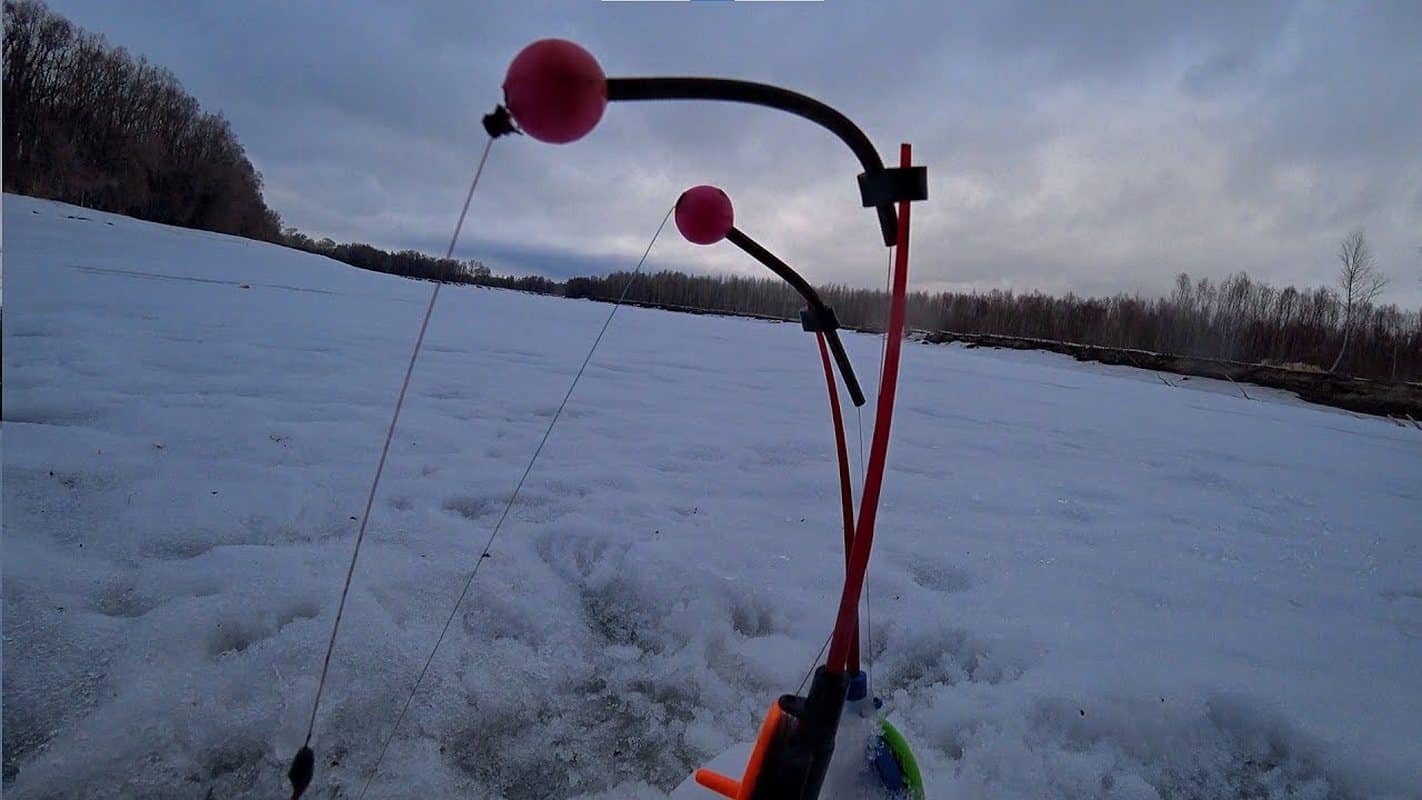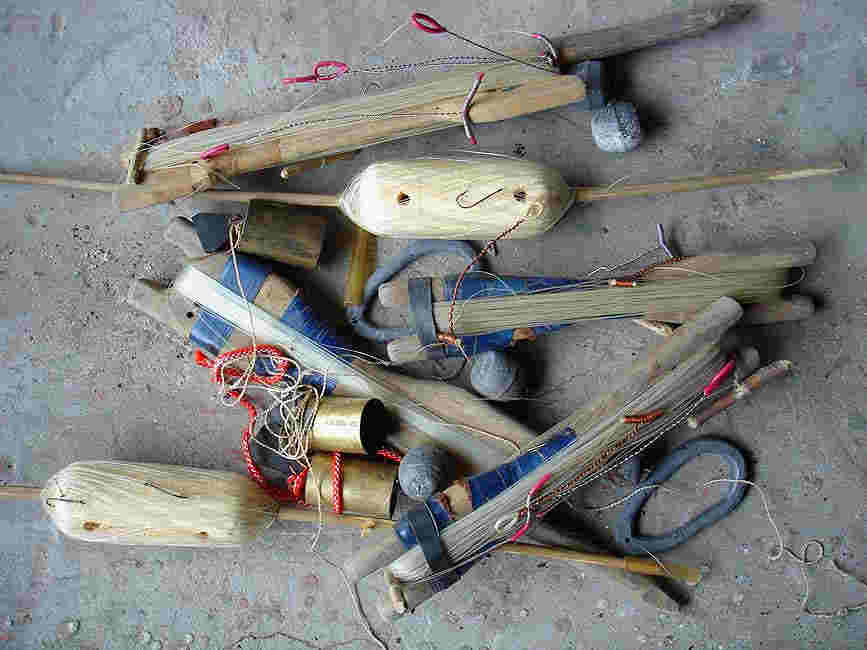Fishing for zander in winter is an exciting activity that is very popular among anglers. Often, many anglers use tulka as bait for catching such large fish. However, in order to successfully catch pike perch on sprat in winter, you need not only to acquire this bait, but also to choose the correct equipment for catching such a large trophy.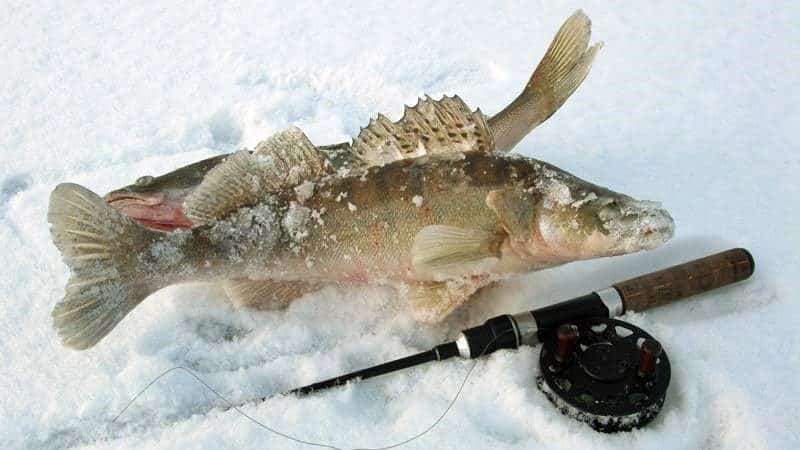
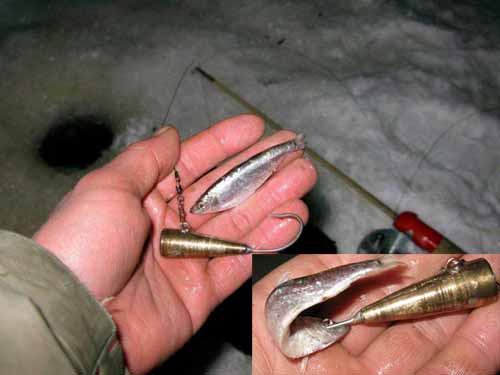
Fishing method description
While fishing for pike perch on tulle from the ice, the angler receives a lure that has all the advantages of both artificial and natural baits combined. Simply put, when using tulka, the angler does not need to engage in preliminary preparations that are associated with the selection of the type, color, brand of rubber, as well as the size of the artificial bait. Thanks to its natural aroma and appearance, tulka actively attracts the attention of predatory fish. It should be noted that both fresh and frozen sprat can be used to successfully catch pike perch.
In addition, instead of tulka, during winter or summer fishing for predatory fish, you can use hamsu or common sprat instead of tulka as bait.
The principle of catching zander on sprat in winter is as follows:
- The tulle must be carefully put on the hook , which the helicopter is equipped with, a heavy jig , a bulldozer or a jig head.
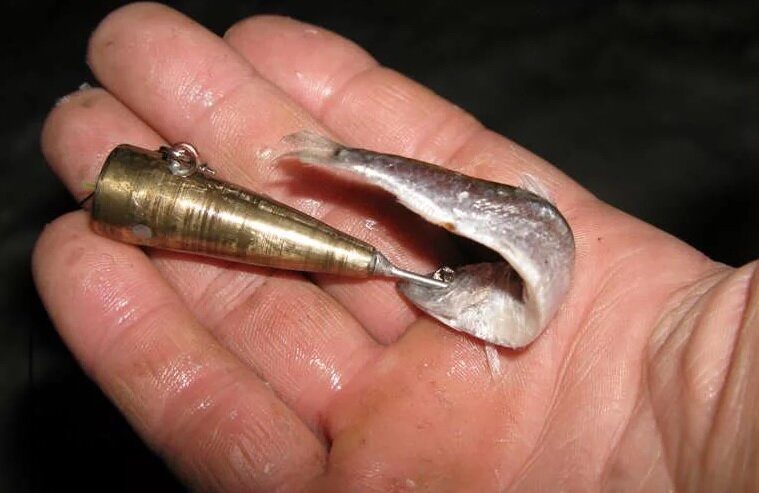
- When choosing the weight of the load , the angler should take into account the strength of the current, as well as the level of depth, in the place where it is supposed to fish for zander.
- Then the prepared bait must be placed in the hole, closer to the bottom of the reservoir .
- Then, when the bait is placed in the hole, the fisherman has to do different types of fishing . It should be noted that the activity of the animation and the duration of the pauses should be selected directly to the mood of the predator and its habits. The wiring should consist of cyclical twitches and periodic, short pauses.
By and large, catching pike perch on a sprat is similar to the technique of fishing with a vertical spoon or a balancer. The only difference is that when catching a pike perch on a sprat, the pauses during the posting should be longer.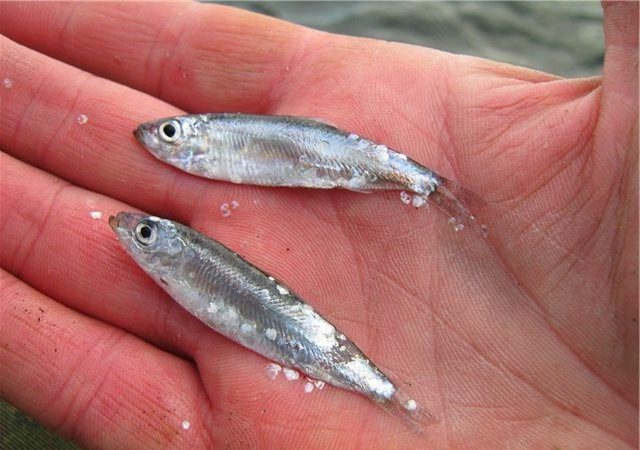
Where is this method popular?
Catching such predatory fish as pike perch in winter on sprat is very popular with fishermen, in almost all regions of the country. This fishing method has been shown to be effective when fishing for zander in a variety of reservoirs as well as large rivers. It is worth noting that this method of catching a predator began to be used long before the appearance of artificial baits made of silicone, or
balancers . The use of tulka as bait for catching predatory fish is most popular among anglers who fish in the regions adjacent to the Volga basin.
How to catch and where to find tulka
Most often, tulka is used as bait by fishermen when catching predatory fish in the region of the Volga reservoirs. There, fishermen catch it with a special tackle called a spider. As a rule, sprat fishing with this tackle is carried out near various hydraulic structures, where ice does not become even in winter.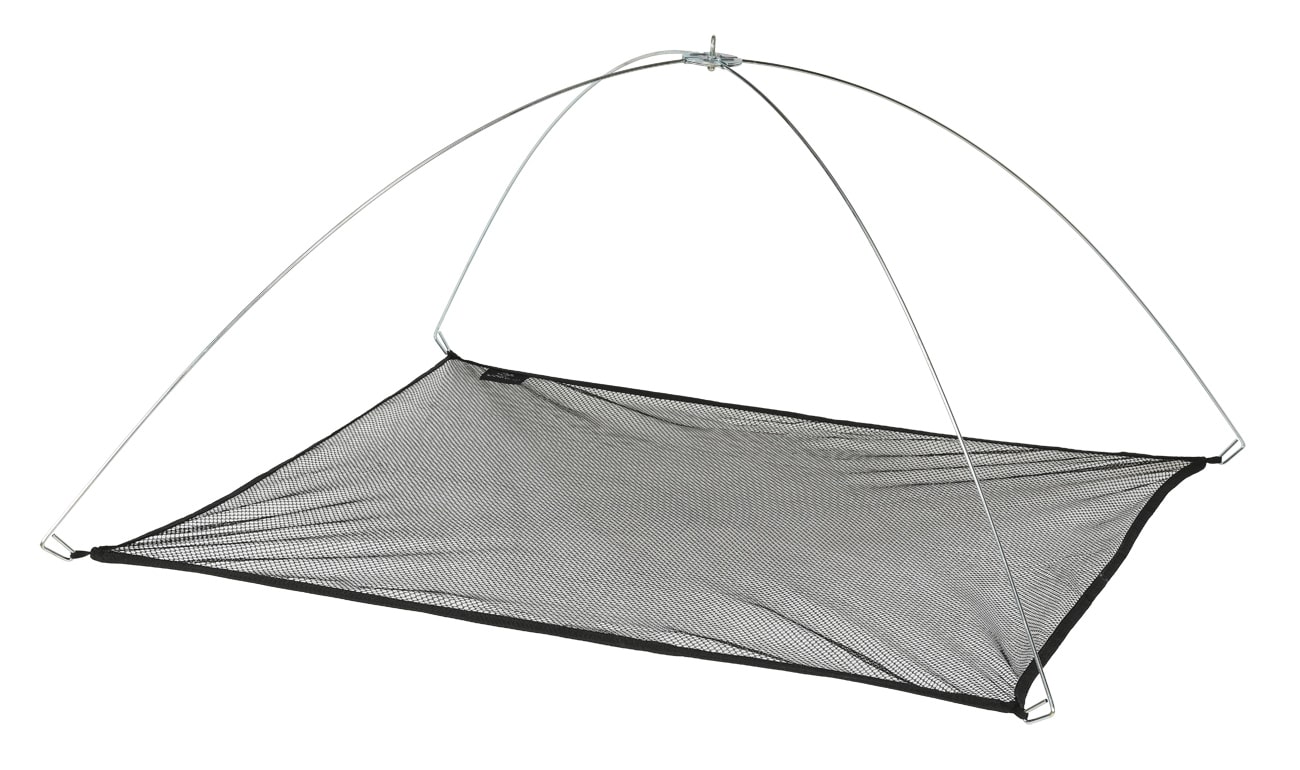 Spider [/ caption] It is worth noting that it is very difficult to stock up on such a bait for winter fishing. The fact is that the tulka actively bites in the winter season, mainly with the onset of dusk or night. In addition, it is best to go to the pond for this small fish at a time when bad weather prevails outside (wind, frost).
Spider [/ caption] It is worth noting that it is very difficult to stock up on such a bait for winter fishing. The fact is that the tulka actively bites in the winter season, mainly with the onset of dusk or night. In addition, it is best to go to the pond for this small fish at a time when bad weather prevails outside (wind, frost).
The easiest way is to buy tulle from the store. You can buy this fish either frozen or fresh. However, experienced fishermen recommend buying fresh tulka, and then, after sorting it into packages, freeze it yourself at home.

It is not advisable to re-freeze the bait that remained after fishing. This is due to the fact that after repeated freezing and, accordingly, defrosting, it becomes soft and has an unpresentable appearance.
On a note! The sprat should not be frozen several times. This is due to the fact that after several cycles of freezing and thawing, this fish loses its elasticity and often flies off the hook during posting. In addition, such bait, in comparison with fresh, will not actively attract the attention of predators.
How to find walleye in winter
Finding a walleye in winter, knowing its habits, is quite easy. The search for this predator should be carried out near those places that are its typical, standard winter camps. It is best to catch zander on sprat in winter in the following places:
- in the area of large pits, as well as extended ditches;
- near channel dumps;
- near the coastal edges;
- on sites that are located near bridges.
In addition, this predator can be quite successfully caught near snags. However, in this case, the process of catching fish will be difficult due to the high level of hookiness of the used baits. In general, a fanged predator should be looked for in those parts of the reservoir where there is a current, and there are practically no thickets of underwater vegetation.
On a note! You should not try to catch pike perch in bodies of stagnant water, as well as the presence of abundant thickets of algae. In addition, this predator bypasses parts of the reservoir with a muddy bottom.
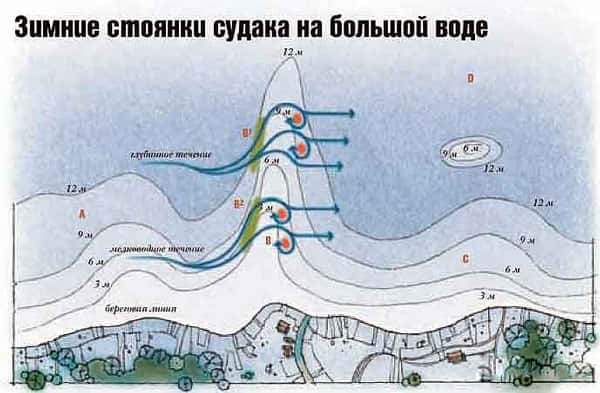
What gear to use
Different types of tackle are used to catch zander with bait such as tulka. Most often, during winter fishing, girders, fishing rods for trolling, as well as postushi are used. When trolling, as a rule, artificial baits are used, and tulka is used to attract the attention of predatory fish to the place of fishing.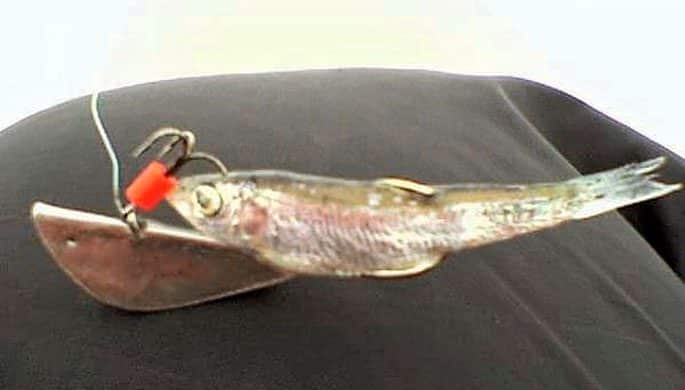
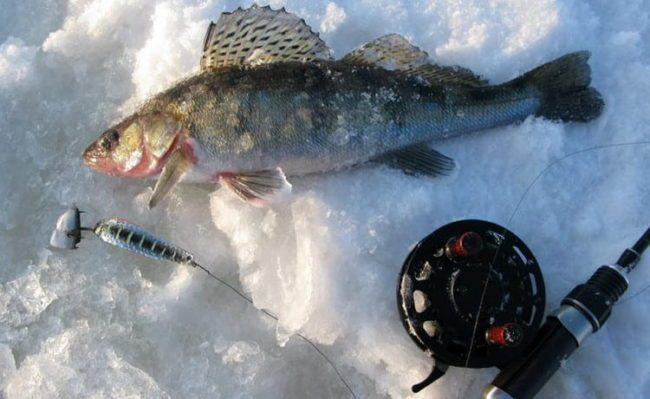
- On a line (diameter – 0.35 mm), you need to put on a sliding type sinker. In this case, the mass of the sinker should ensure the delivery of the used bait directly to the place of fishing for the predator (the level of the fishing horizon is about 30 cm from the bottom surface).
- Then, below the installed weight, you need to put a special stopper made of silicone. This stopper, thanks to its movement, will allow the angler to control and, if necessary, change the length of the line directly to the hook itself.

- You need to attach a hook to the very end of the rig. At the same time, it should be noted that tees have a higher level of engagement, however, it is much easier to extract the single trays from the mouth of the caught fish.

The post should be mounted in this way:
- to the end of the fishing line (diameter 0.2 mm), you need to tie a jig – head or jig;
- a leash is tied 30 cm from the end of the line, on which the hook is installed;
- then on the hook, as well as the jig, you need to plant the thawed tulka.

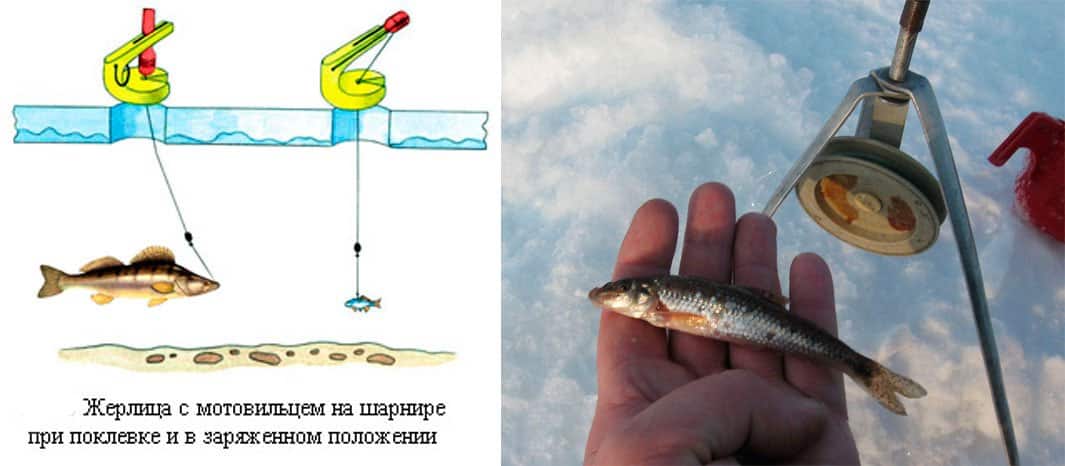
How to catch – tactics and strategy
To successfully catch pike perch with a sprat, a simple fishing technique is used. First, the angler needs to use a special device – an echo sounder, to study certain areas of the reservoir, for the presence of fish in them. Then you need to mark a square (terrain, area) on the ice on which fishing will be carried out, and make about 10 holes in it. It should be noted that the distance between the holes made should be about 5 m. [Caption id = “attachment_11649” align = “aligncenter” width = “600”]
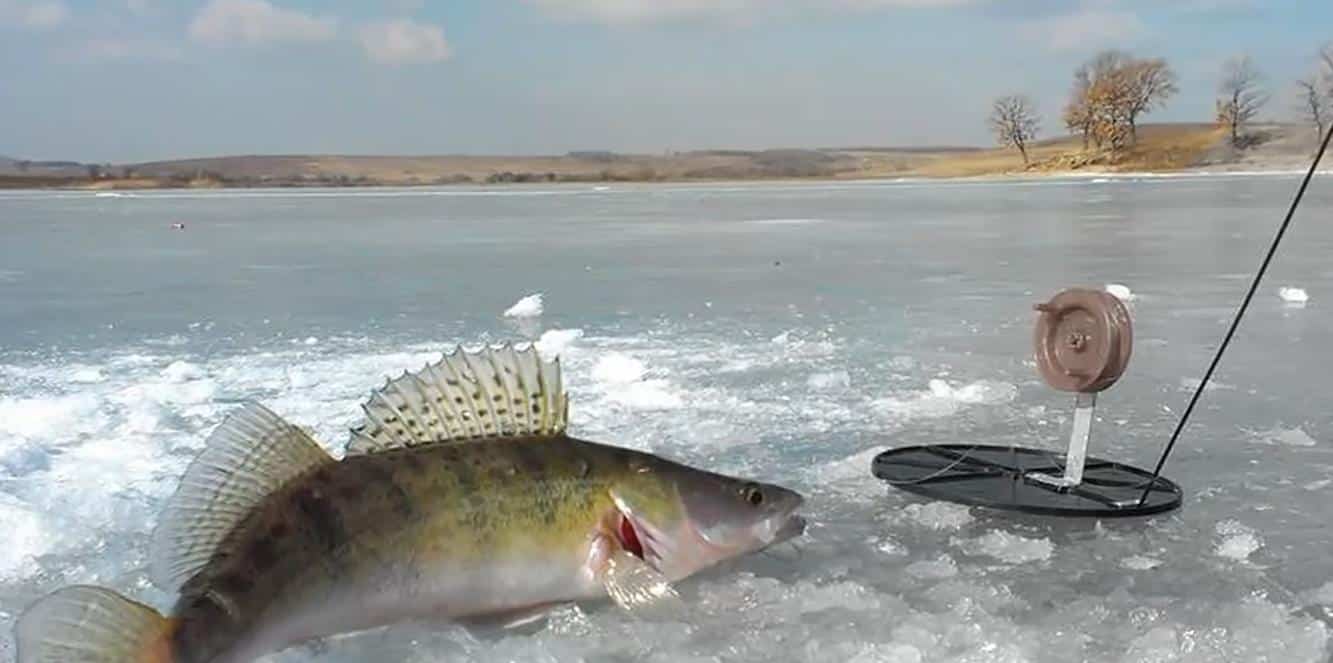
Tips and Secrets
There are a few small tricks that you can apply to get a good catch of pike perch on sprat in the winter season. First of all, for catching this predator it is not recommended to use a tulle whose tail is torn off or which has lost its original, natural shape. When fishing in strong currents, it is recommended to use elastic nods, which, when exposed to water currents, will not bend completely. In addition, in such fishing conditions, it is recommended to drill holes at a slight angle. This will make it possible to fish the caught fish more successfully and practically without hindrance. When fishing in reservoirs with stagnant water, it is recommended to put the tulka on the hook closer to its shank.

